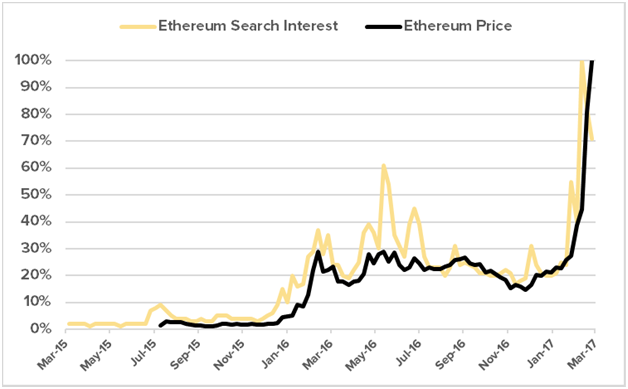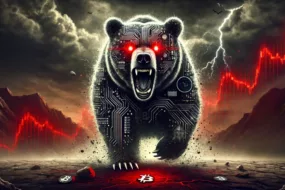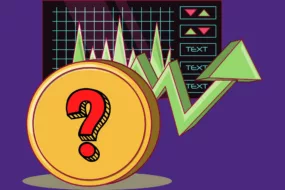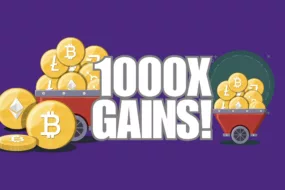
Economics of tokens
Every Blockchain platform is powered by tokens, sometimes also referred to as “coins.” Bitcoin is a token, so are Litecoin, Dash, and other currencies that function over a Blockchain. While tokens can represent money, as in the case of the above, they can also represent other things.
The usage of a blockchain product doesn’t matter if the product is a
- currency like Bitcoin
- a smart contract platform like Ethereum
- a file storage platform like Siacoin
drives demand for that particular token which in turn usually determines its value and eventual market price of its token. This is why there is a variation in the prices of different altcoins in the Blockchain environment. For example, Bitcoin is more readily accepted by merchants than Litecoin and is consequently more valuable.
How demand drove the price of Ethereum
Ethereum, despite coming after many older altcoins, remains the second most valuable cryptocurrency in existence behind only Bitcoin
Ethereum’s value is largely ramped up by the demand for its platform by distributed application (dApp) developers. Circa 2017, many of these developers issued tokens to grant access to their services, essentially building their own Blockchains atop Ethereum’s platform which drove up the price of Ethereum. In many cases, developers pre-sale their tokens as part of an initial coin offering (ICO), and they usually accept the Ethereum token “ether” as payment.

In essence, the organic value of a given token or cryptocurrency is determined not just by the functionality, but the demand for its Blockchain product.
A new business model
When Satoshi Nakamoto published the Bitcoin whitepaper it wasn’t that the underlying tech to build the blockchain did not exist. The genius of Bitcoin was that it combined cryptography, networking theory, computer science, and economic incentives to build the bitcoin blockchain.
For Bitcoin to be accepted globally it needed to have a big enough user base of acceptance. Because the supply of Bitcoin is limited, as demand goes up, so does the value. This gave early adopters of bitcoin both the incentive to invest in bitcoin and also the incentive to use bitcoin. The tokenization of Bitcoin using blockchain is what helped Bitcoin solve the classic ‘chicken and egg’ problem that every network faces at the start. Because of this, early
This now creates a new business model for entrepreneurs to build companies. Raising money from third parties like venture funds, angel investors, etc is no longer required. Businesses can now raise money directly from their initial set of users and the users have their incentives aligned to use and grow the platform.
Some Blockchains and their tokens
There are numerous Blockchain products in existence claiming to offer different solutions to various problems. Many more are still in development. Below are some examples of Blockchain products and what they do:
Steemit
Steemit is a social network that rewards users who participate in various ways. The Steemit token is called STEEM. It is used to reward content creators and curators of the best content on the site.
Siacoin
Sia is a decentralized storage platform. Users all over the world contribute disk storage from their computers to form a decentralized network. Users use Siacoins to rent storage from hosts on Sia.
ZCash
The token for Zcash is called ZEC. ZCash is a cryptocurrency that grew out of the Zerocoin project which aims to improve anonymity for Bitcoin users. Zcash payments are published on a public Blockchain, but users can use optional privacy features to conceal the sender, recipient, and amount being transacted.
LAToken
LAToken is an asset tokenization platform that allows users to convert tangible assets such as real estate or precious artworks into tokens, thereby making them sellable in fractions. The token that powers the LAToken platform is the LAT.





